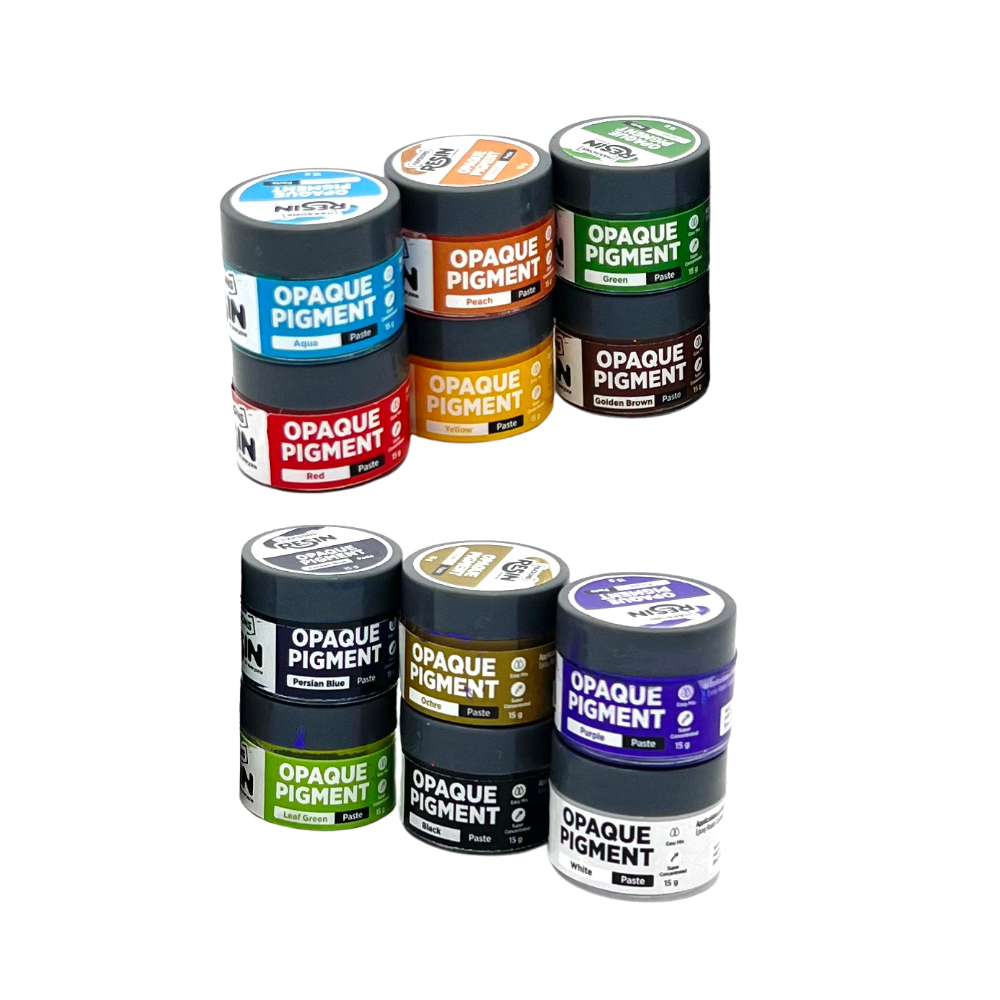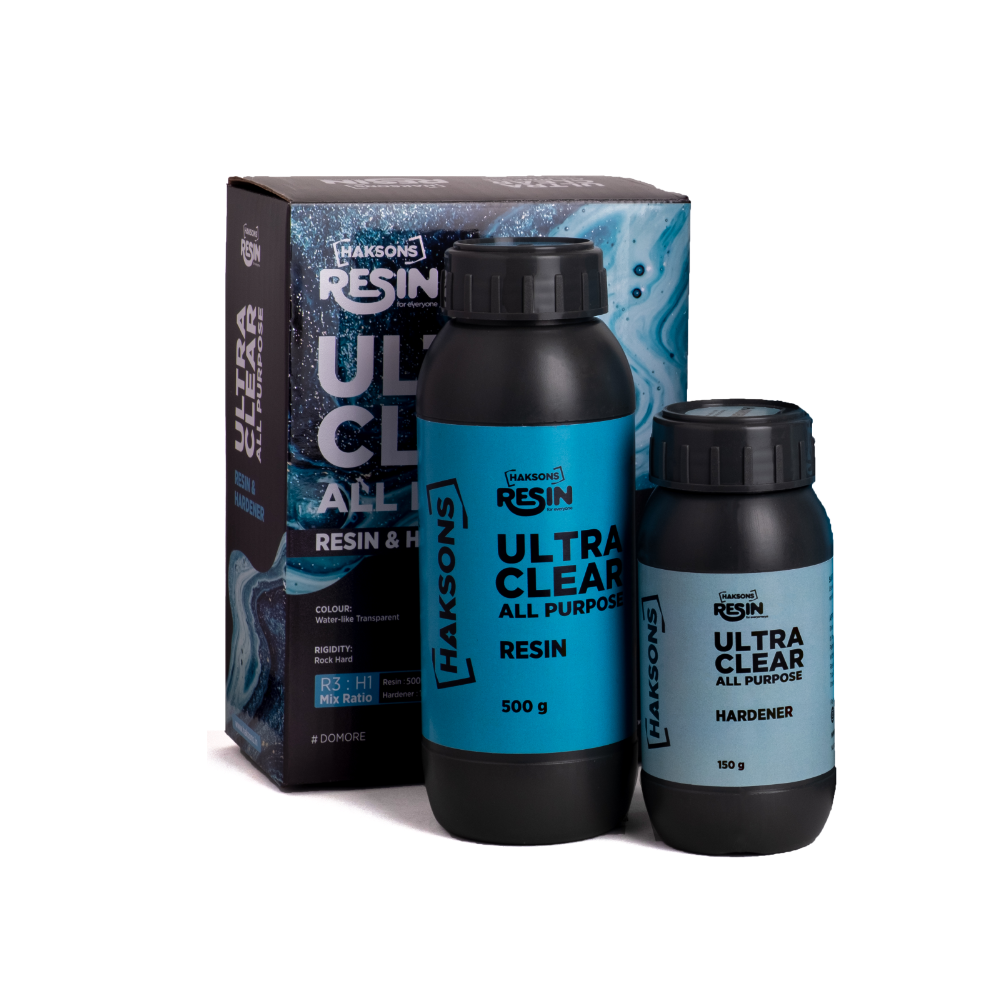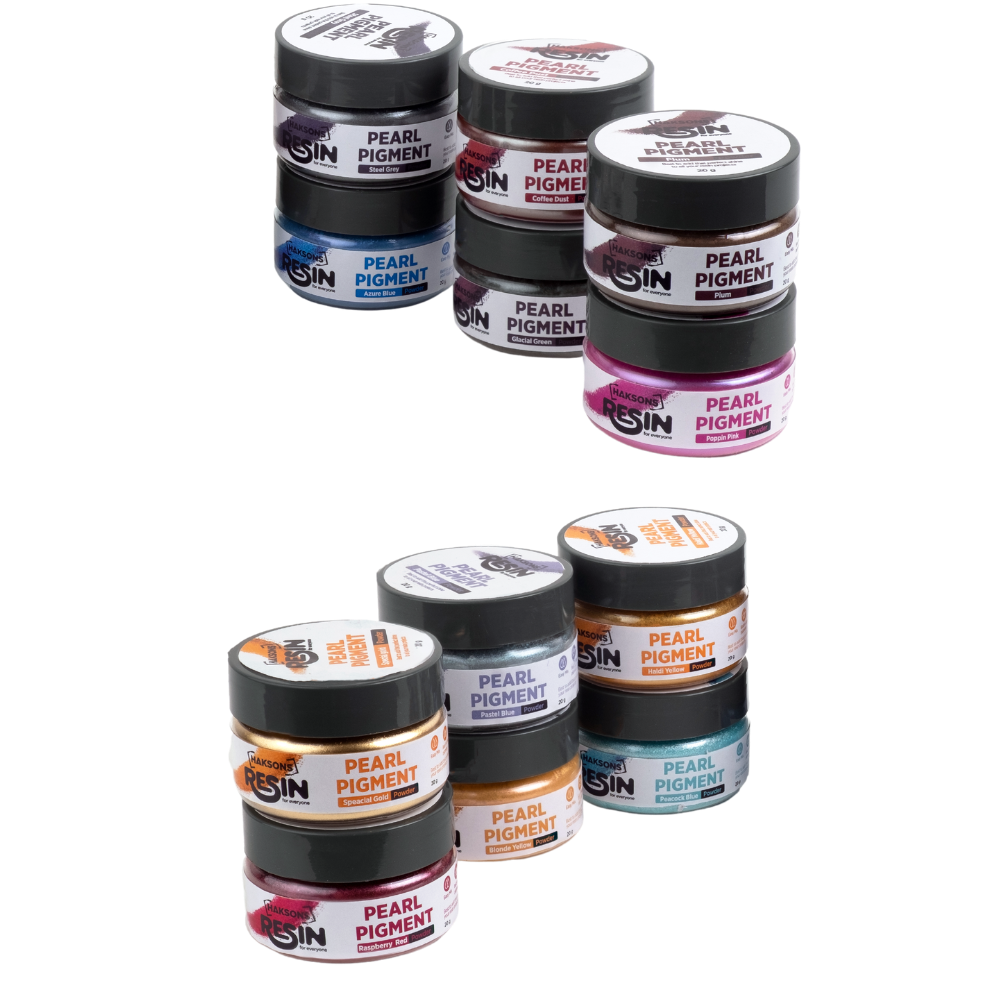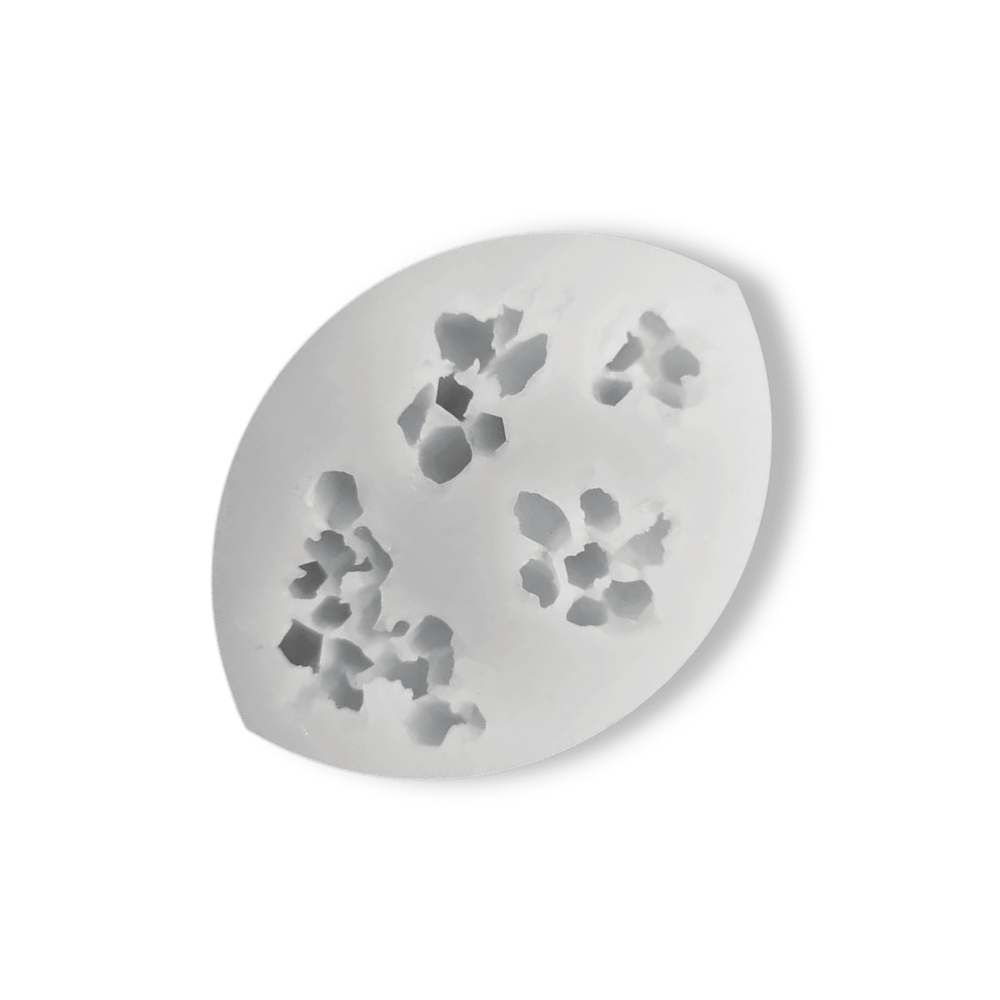In the world of modern craftsmanship, the choice of materials plays a pivotal role in shaping the outcome of artistic and design endeavours. Jesmonite and epoxy resin are two versatile materials that have gained widespread popularity among creators, each offering unique properties and applications. In this blog post, we'll delve into a comparison between Jesmonite and epoxy resin, exploring their characteristics, applications, and considerations for choosing between the two.
Composition and Characteristics
Jesmonite:
Jesmonite is a composite material consisting of a gypsum-based powder blend and a water-based acrylic resin. This combination results in a material that can be cast, sculpted, and moulded into various forms. Jesmonite's ability to mimic the appearance of natural materials, such as stone, concrete, and wood, makes it a popular choice for both artistic and functional projects.
Epoxy Resin:
Epoxy resin, on the other hand, is a thermosetting polymer that solidifies when mixed with a hardening agent. It is renowned for its glossy finish, transparency, and exceptional durability. Epoxy resin is widely used in art, jewellery making, woodworking, and more, thanks to its ability to encapsulate objects, create vibrant pigmented pieces, and produce sleek, glossy coatings.
Applications and Versatility
Jesmonite:
Jesmonite's versatility shines in interior design, sculptural art, and architectural applications. It can be cast into moulds to create intricate details, and its lightweight nature makes it ideal for large-scale installations. Designers appreciate Jesmonite for its potential to mimic expensive natural materials while being more environmentally friendly.
Epoxy Resin:
Epoxy resin boasts an extensive range of applications. Artists and crafters use it for creating resin art, jewellery, coasters, and more. Its self-leveling properties make it excellent for creating smooth, glossy surfaces, and it's also frequently used for encapsulating objects like flowers, photos, and other memorabilia.
Considerations When Choosing
Jesmonite:
If you're looking for a material that can replicate the appearance of natural materials without the weight or cost, Jesmonite is a strong contender.
Jesmonite's ability to be textured, carved, and moulded makes it suitable for intricate and customized designs.
If environmental impact is a concern, Jesmonite's eco-friendly composition might align well with your values.
Epoxy Resin:
For projects that demand a clear, glossy finish and vibrant colours, epoxy resin's transparent nature and pigmentation capabilities are a clear advantage.
When creating jewellery, decorative items, or encapsulating objects, epoxy resin's hard and durable finish is a valuable characteristic.
If you're aiming for a high-gloss, sleek appearance in your projects, epoxy resin's inherent properties make achieving this aesthetic easier.
Jesmonite and epoxy resin each bring a unique set of qualities to the table, catering to a diverse array of artistic and functional projects. Your choice between the two will largely depend on the specific aesthetic, properties, and application requirements of your project. Whether you're seeking to replicate the look of natural materials or aiming for a glossy, encapsulated finish, both Jesmonite and epoxy resin offers a world of creative possibilities that continue to captivate artists, designers, and makers around the globe.





